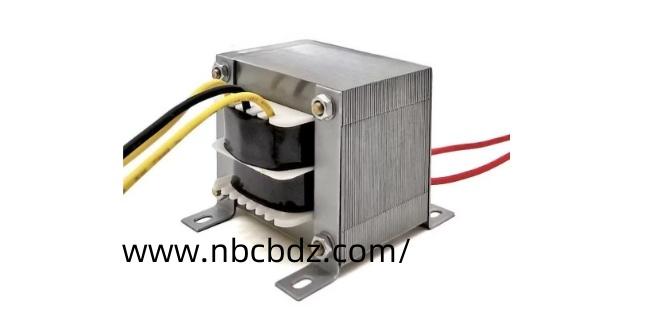An EI Transformer Factory serves as the foundation of efficient energy conversion and stable power delivery in industrial systems. The design process behind such a factory is more than just technical drawing or layout planning; it defines how consistently transformers perform, how safely they operate, and how effectively production resources are used. At Nbcbdz, design plays a decisive role in transforming technical concepts into reliable manufacturing practices.
A well-structured design approach begins long before any material is shaped or wire is wound. It involves analyzing the expected applications of transformers, the electrical specifications required, and how production systems can be optimized to meet these parameters. The design process is closely linked to performance, cost management, and operational efficiency. In industrial environments, even small errors in design can lead to energy loss, overheating, or reduced system reliability. Therefore, design quality directly impacts the stability of the entire manufacturing process.
In modern transformer production, engineers pay close attention to heat dissipation, core structure, winding techniques, and insulation methods. These details are determined during the design stage, ensuring that every component functions harmoniously within the system. A thoughtful design process also helps reduce unnecessary energy consumption and material waste, which supports sustainability goals. This attention to detail not only benefits the manufacturer but also ensures clients receive consistent performance over time.
For companies involved in the design and manufacturing of transformers, communication between engineering, production, and quality control teams is essential. Collaboration helps bridge the gap between theoretical design and real-world application. It also enables faster adaptation to new market demands or technical innovations, making the production line more flexible and responsive. Such integration enhances workflow efficiency and ensures that every stage of production aligns with the initial design objectives.
Another critical part of the design process involves testing and validation. Before mass production, prototypes are tested under various conditions to ensure they meet safety and functional standards. These evaluations allow engineers to make necessary adjustments before the design is finalized. The testing phase strengthens reliability and minimizes potential issues that could arise during operation. This approach reflects the growing emphasis on continuous improvement and quality assurance within modern transformer manufacturing.
Moreover, the role of automation and digital modeling has expanded significantly. Computer-aided design tools and data analysis systems help engineers visualize production layouts and optimize designs for better space usage and resource allocation. This digital transformation allows manufacturers like Nbcbdz to refine designs efficiently, enhance accuracy, and maintain stable production even under complex industrial conditions.
In today's competitive manufacturing environment, design is more than just a technical requirement—it is a long-term strategy for product reliability and customer satisfaction. A well-planned design process ensures that every transformer aligns with both performance and safety expectations, reflecting a commitment to innovation and responsibility in energy management.
Visit https://www.nbcbdz.com/product/ to learn more about precision manufacturing and transformer solutions that support various industrial applications.



